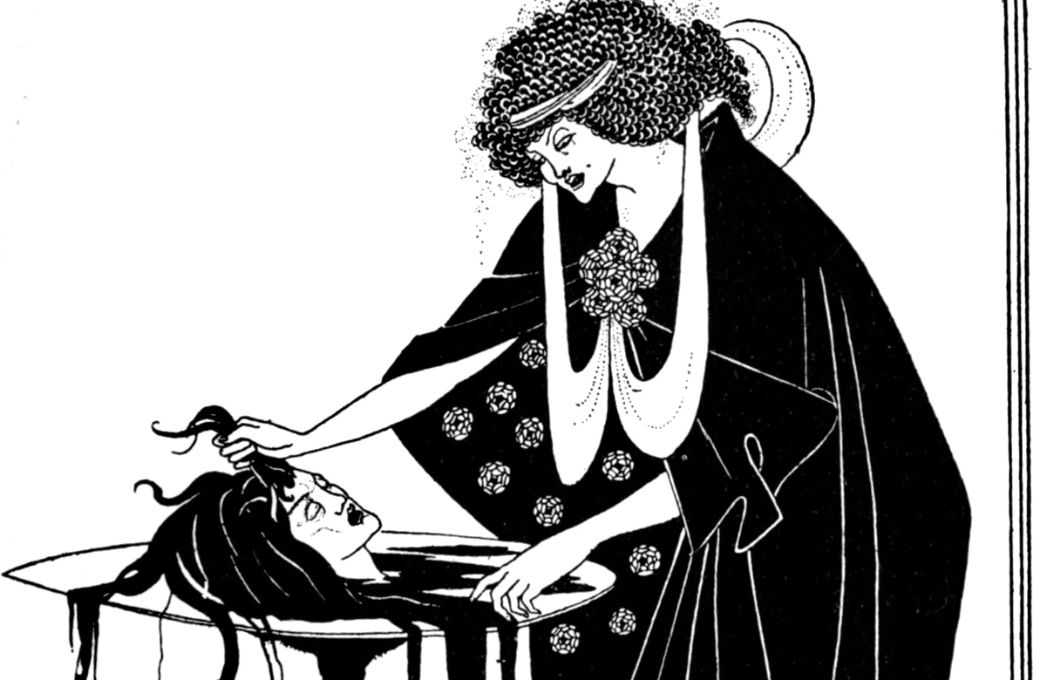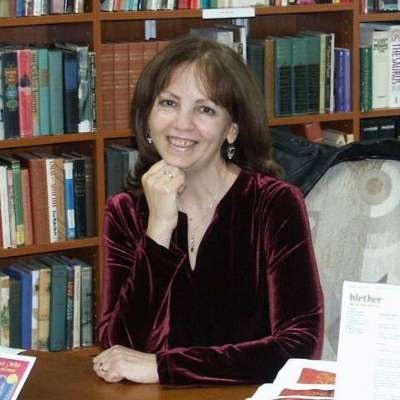This article was updated in February 2025
“Richard I is Wagner, there is no Richard II, therefore Strauss is Richard III.” So said Hans von Bülow when the young Richard Strauss, emulating the German master early in his career, was nicknamed “Richard II” in certain Wagnerian circles. Von Bülow set them straight in no uncertain terms. Nonetheless, there is no denying that Wagner’s music had a profound impact on Strauss’ musical development. He heard his first Wagner operas, Lohengrin and Tannhäuser, in 1874, when he was barely ten years old. Twenty years later, in 1894, Strauss achieved his dream when he conducted Tannhäuser at Bayreuth.

Later, however, Strauss tried to distance himself from Wagner and the emotional excesses of late Romanticism. Eventually he created his own original sound, combining Wagner’s precepts with a certain Impressionistic ambience. Ultimately, Strauss became an important exponent of modernism, noted for pioneering subtleties of orchestration combined with advanced harmonic style.
19th-century symphonic music was filled with expressions of heroism. Prime examples are Beethoven’s Third Symphony, the Eroïca, and his “Choral” Ninth Symphony, with its heroic message embodied in its Ode to Joy. The heroic tone poem was the most characteristic orchestral composition of the Romantic movement, and Strauss’ tone poems were trailblazing. Michael Kennedy, noted critic and biographer of Strauss, wrote: “No orchestra could exist without his tone poems, written to celebrate the glories of the post-Wagnerian symphony orchestra.”
In 1885 Strauss met Alexander Ritter, a violinist and composer who was married to Wagner’s niece, Franziska. It was Ritter who persuaded Strauss to abandon the conservative style of his youth to write tone poems. The first significant result of Ritter’s influence was Strauss’ Don Juan (1888), which showed a mature personality, orchestral virtuosity and hints of the emotionalism Strauss developed in his later works. The work is pictorial and irreverent, with dazzling orchestration, sharply etched themes, a novel structure and taut pacing. Strauss, who was then Kapellmeister in Weimar, conducted the premiere in 1889. The musicologist Carl Dahlhaus described Don Juan as a “musical symbol of fin-de-siècle modernism.”
After Don Juan, Strauss’ tone poems became increasingly ambitious, with more sophisticated use of the orchestra and Wagnerian Leitmotifs. Strauss composed his Tod und Verklärung (Death and Transfiguration) in 1889 and conducted the premiere at the Eisenach Festival in 1890. In 1908, French critic Romain Rolland called it “one of the most moving works of Strauss... constructed with the noblest utility.”
Strauss quoted his noble Transfiguration theme in his late work, Vier Letzte Lieder (Four Last Songs, 1948). In the fourth song, Im Abendrot, the soprano asks, “Ist dies etwa der Tod?” (Is this perhaps death?). One year later, on his deathbed, Strauss said to his daughter-in-law: “It's a funny thing… dying is just the way I composed it in Tod und Verklärung.”
But Strauss is associated as much with opera as with his monumental tone poems. Only Mozart was as successful as Strauss in both the symphonic and operatic genres. Like Wagner, with his early operas Die Feen and Das Liebesverbot, Strauss endured failure with his first two early operatic endeavours, Guntram (although some of its music was later quoted in his Ein Heldenleben) and Feuersnot, before striking musical gold with his third opera, Salome, which premiered in Dresden in 1905, where the technique, drama and orchestral brilliance that Strauss had developed in his early tone poems came unmistakably to fruition.
Strauss’ libretto for Salome was based on Hedwig Lachmann’s German translation of Oscar Wilde’s French play Salomé. Wilde’s brilliant drama was banned before its scheduled London premiere by the Lord Chamberlain, who declared it illegal to depict Biblical characters on the stage. It's more likely that he was offended by the play’s violence and obscenity.
Strauss’ operatic version, however, was a succès de scandale. Controversy raged over every aspect of the work, which combined biblical, erotic and murderous themes with harsh dissonances and even a striptease. At the Dresden premiere, audiences heartily demonstrated their approval with 38 curtain calls. Strauss also received kudos for Salome from many of his peers. Ravel called it “stupendous”; Mahler declared it a “live volcano, a subterranean fire.” Courtney Kenny, reviewing a Santa Fe production in Opera magazine (1972), touted Salome as an orchestral masterpiece, declaring it “perhaps one of Strauss’ greatest tone poems.”
Despite the opera subsequently being banned in multiple cities, including London and Vienna, Strauss let these rejections roll off his back. He once boasted that the financial windfall from the overall success enabled him to build his splendid villa in Garmisch-Partenkirchen, where he happily spent the rest of his days.
The Metropolitan Opera premiere in 1907 starred the extraordinary Olive Fremstad, one of the great Wagnerian sopranos of her day and also an actress of Shakespearean proportions, who literally lived for the stage. To prepare for the role of Salome, Fremstad went to the New York morgue and practiced carrying around severed heads to make sure she looked realistic doing so onstage – the ultimate in dramatic commitment!
Unfortunately, the Met Salome closed after just one performance, due to pressure from wealthy patrons who reacted to the opera with horror and disgust. They were so affronted that they appealed to Edward Elgar, who happened to be in Manhattan conducting his oratorios at the time, to lead the opposition to Strauss and vilify him publicly. Not only did Elgar refuse, but he also declared Strauss “the greatest genius of the age”.
The role of Salome is one of the most demanding ever written, requiring a soprano with Wagnerian stamina and high and low notes, who ideally can dance with agility. The Dance of the Seven Veils is a challenge to most sopranos. After singing at full tilt for over an hour, she then must dance exhaustingly for almost ten minutes, while yet to sing the most arduous music in the entire opera. In this dance, Strauss shows his expertise in interweaving Leitmotifs derived from earlier sections of the opera (he learned his lesson well from Wagner). This was the last music Strauss wrote for the opera, and it is in three parts: two exotic sections bookending a voluptuous waltz. Strauss stipulated the dance should be: “…thoroughly decent, as if it were being done on a prayer mat.” (He was well known for his quirky sense of humour).
The music of the opera's finale is stupefying. A solo double bass makes the sound of a head being sawn off; then comes an unbearable build-up to the emergence of John the Baptist’s head from the cistern. This horrific apparition is accompanied by what Gary Schmidgall called “the most sickening chord in all opera”, symbolizing the gamut of emotions portrayed throughout the opera: desire, lust, revulsion, horror, doom and death.
Salome’s psychosexual obsession is brought to hideous conclusion when she kisses the lips on Jochanaan’s severed head: “Ich habe deinen Mund geküßt” to which her incestuous stepfather proclaims: “Man töte dieses Weib! (Kill that woman!)
At one hour and forty minutes with no intermission, the action and emotion of Salome never lag. And the audience is always riveted.


